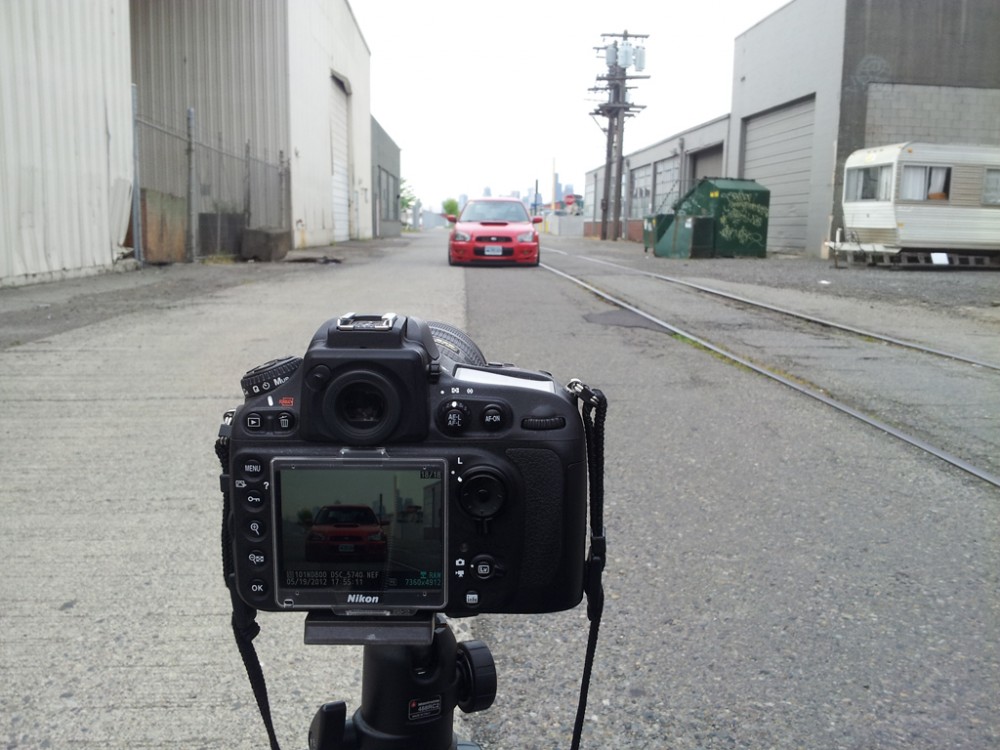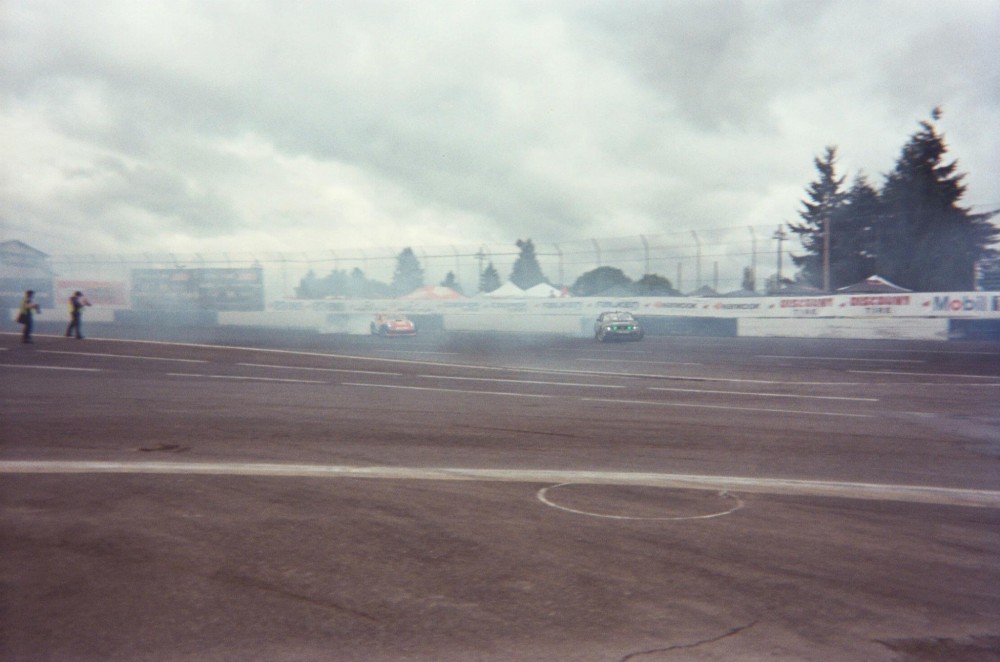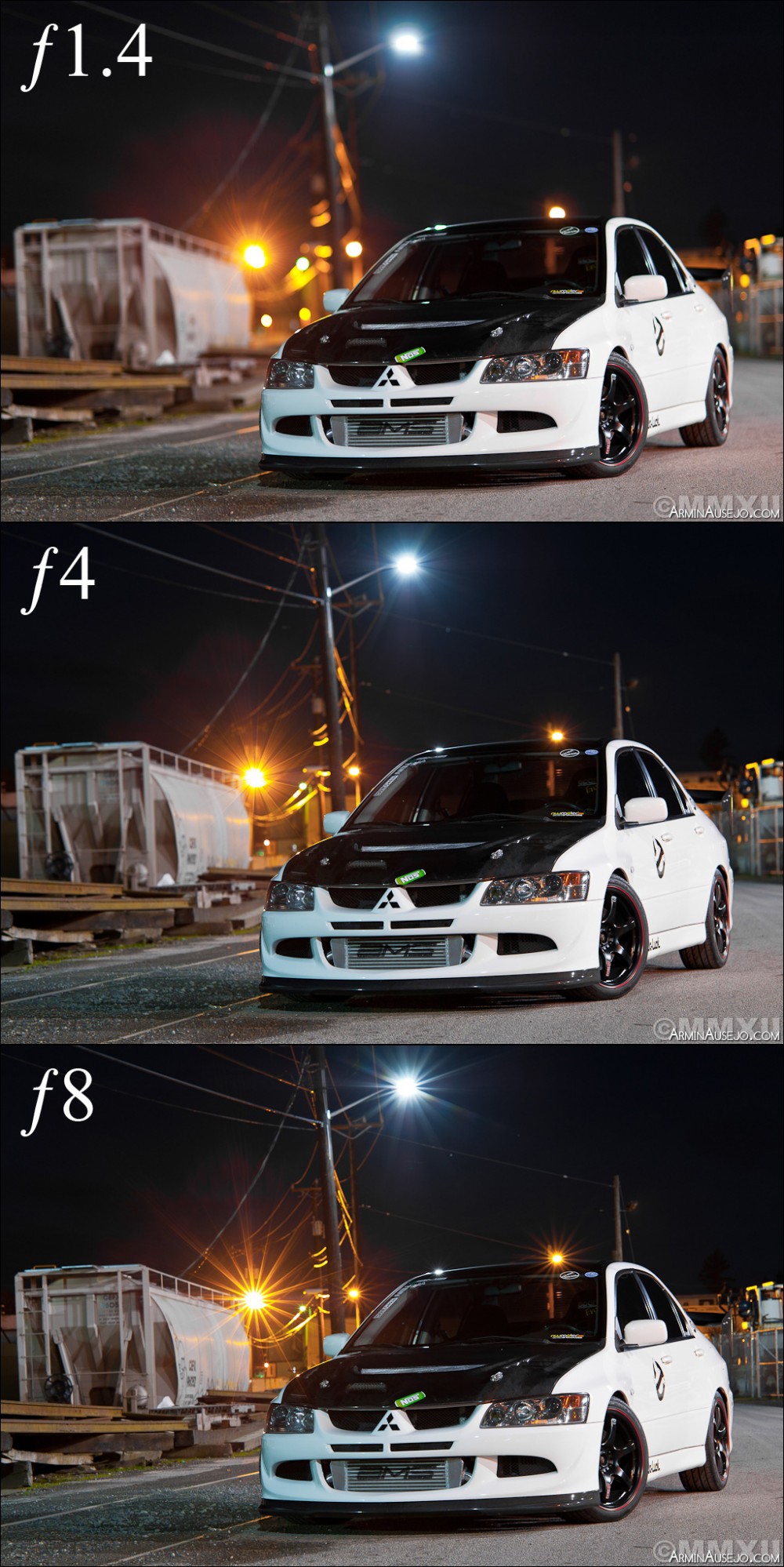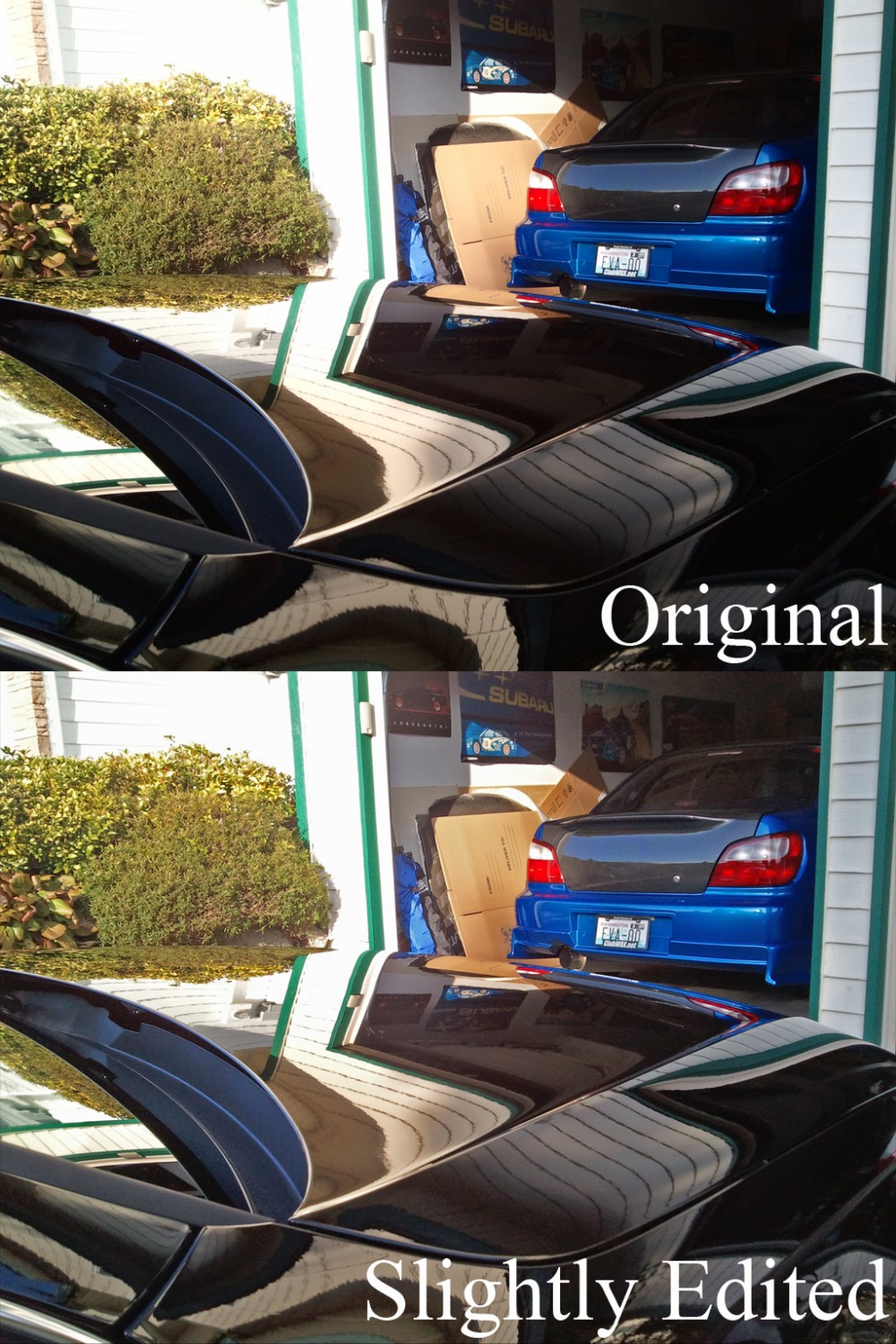After going over capturing light in Part 2, we now conclude these basic tips and tricks to automotive photography with using your equipment to its fullest potential.
Making the best of your equipment
You don’t need the latest and greatest DSLR to take good photos, but SLR cameras definitely have more of an advantage with their interchangeable lenses. However, that isn’t to say that you still can’t get good results out of a point-and-shoot. For example, the photo above was taken with my camera phone, and I took this photo with a disposable film camera:
In fact, many people end up spending a lot of money on a DSLR, but since they don’t take the time to really learn how to use it properly, their photos end up looking worse than if they used their camera phone. All you really need is the know-how to use what equipment you have properly, and this counts for DSLRs, point-and-shoot cameras, and even your camera phone. It’s not as simple as fully comprehending the manual, but it definitely does help.
Tripod, Tripod, Tripod
‘Nuff said. If you don’t have one, get one. I cannot stress this enough. Using a tripod will not only help give you a good, stable platform to take pictures from, but it’ll also help you slow things down so that you’re not rushing your shots. Setting up the tripod will also give you time to re-examine the scene and your composition. Are there distractions surrounding the car? Is the lighting good? Are you shooting from a different elevation other than standing eye level?
There will undoubtedly be times when using a tripod will be impractical or even impossible, but I’ll still default to the tripod on just about every automotive feature shoot that I do.
Adjusting your aperture and how it affects shutter speed and ISO
Ever wonder how photos have one thing singled out, and the rest blurry? That’s because the aperture is adjusted to shoot wide open, creating a blurred effect away from the focus point. Shooting “wide open” means that you lower your aperture down to the lowest possible f-stop. Many lenses have a lowest f-stop of ƒ3.5 (more often written as f/3.5), but other lenses can go down to ƒ1.8 or even ƒ1.2. On the other hand, using a higher f-stop will keep more things in focus, but at the expense of letting in less light, which again leads to a tripod being a must. Experiment and see what kind of results you can get, since there is no right or wrong when it comes to your aperture. It all comes down to how you want to present your subject to your viewer. Switching your camera to aperture priority mode will help you play around with things. Also, remember that if you zoom in (in other words, use telephoto) for a photo and use a lower f-stop, you’ll get even more blurriness away from your focus point. I use my telephoto lens with a low f-stop very often to make a car pop out from the surrounding area. Here is an example of how different apertures can affect a photo, using an 85mm ƒ1.4 lens:
Also, remember that your aperture affects the amount of light going into your camera. A wider aperture lets in more light, which will consequently result in having to use a faster shutter speed to ensure proper exposure. Your ISO will also play a role here, since the ISO adjusts how sensitive your camera’s sensor is to the incoming light. It’s this tricky balance of these three main factors that affect your photo, and really the best way to understand this triangle relationship is to get out there and experiment.
One filter to rule them all
I stressed the use of the circular polarizer filter in Part 2’s “Managing your reflections” section, so I’ll stress it here again. It really is a filter that I won’t leave home without, especially when it comes to automotive photography. The only other filter that I use often will be a neutral density filter, which basically acts like window tint to let in less light. This is helpful when you want to use a slow shutter speed, but the overall lighting situation is too bright. Otherwise, I prefer not to use UV filters or anything else that acts as another piece of unnecessary glass on the front of my lens.
Turn off your flash
There are certain ways to use a flash effectively on a car, but you usually need more than one, and it definitely won’t be the one attached to your camera. Thus, keep it turned off, and refer to the tripod rule above one more time.
JPEG vs. RAW and post-processing
It’s important to understand what happens after you take your photo on your DSLR, point-and-shoot, or camera phone. If you’re shooting in JPEG mode, your camera’s manufacturer will apply its own formula of color saturation, contrast, sharpening, etc to the photo. With most cameras you can control this to a certain degree, but the options are typically very limited to settings such as “Vivid” or “Monochrome.” Thus, you’ve pretty much turned your photo processing over to your manufacturer to determine, much like how you’d just take your film to a developer and they’d have full control over everything. The way you can truly make your photos your own is to shoot in RAW mode where available. RAW is quite literally the raw photo data that your camera captures, and thus it doesn’t apply any adjustments that would normally take place when you shoot in JPEG. There are many technical differences between the formats, but in the end, RAW has all of your photo’s data, whereas with JPEG you lose data since the file is compressed.
That doesn’t mean you can’t post-process JPEGs though. There’s no reason that you can’t apply more edits to a photo from your point-and-shoot or camera phone. Often times you’ll take a photo that looks absolutely perfect right out of the camera, but even doing little things like a little sharpening or a little boost in saturation or contrast can turn your photo into something more. Just don’t go overboard with it! It’s very easy to go overboard with contrast and saturation especially. Too much contrast will remove definition and details from dark areas, and too much saturation can make a photo look very artificial. Use your best judgment and discretion, as you’ll know very quickly if something’s starting to look too extreme. Here’s an example that I took with my camera phone, showing the original and just a little bit of slight adjustments to shadows, highlights, and contrast that took all but 30 seconds:
Garbage In, Garbage Out
This is a mantra that I will always mention when it comes to photography. Post-processing can help make a good photo into an exceptional photo, but it can never help transform an already bad photo into an exceptional photo. If you don’t start out with a good photo, no amount of post-processing will make it awesome. At its root, that is main thing I’ve tried to stress in these tips and tricks. If you start out with good composition, good use of light, and proper use of your equipment, then you will almost always end up with a great photo. However, if your photos starts off with bad composition, overly exposed or drastically underexposed, and your camera isn’t steadied with a tripod or doesn’t have the right aperture, shutter, or ISO settings, then you really can’t expect to be able to completely rescue the photo through post-processing. This is why the basics are important, and once you’ve gotten a good understanding or even mastery of the basics, then you’ll definitely be going down the right path toward great photography.
I hope these tips and tricks have been helpful. Keep your eyes open on this website for more advanced tips and tricks, such as more specific discussions about equipment (such as types of lenses), capturing motion, and post-processing. Until then, happy shooting!





Thanks for these great tips, Armin. Do you have suggestions for photographing museum quality cars that we don’t take out on the street? They are safely stored in a garage, but the tight space, poor lighting and their massive size make them difficult to photograph (V16’s etc). I’ve typically focused more on detail of the cars, but I fear that I miss the overall awesomeness of the cars themselves.
Glad you like! It’ll be difficult to really properly capture any vehicle that you aren’t able to move around. This is a case where you pretty much have to adapt to what you’re given, much like at an event or car show where you have no control over the position of the vehicle, the lighting, etc. As long as you’re able to, using a tripod with a nice long exposure will solve the poor lighting issue, otherwise you’re going to need a lens that’s capable of a wide aperture (ƒ2.8 or wider) and a camera that will perform well in higher ISOs. There really isn’t anything you can do about the tight space, so either you use that tight space to give context to the photo or you take it a step further and composite the car into a new background. That’s definitely a much more advanced technique of course, but unfortunately that might be your only option, depending on how you plan to use the photo.